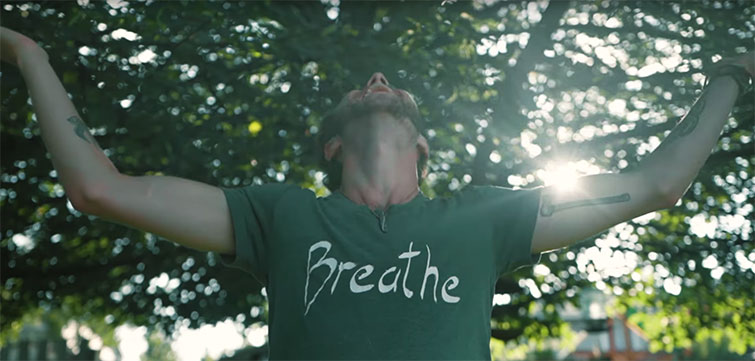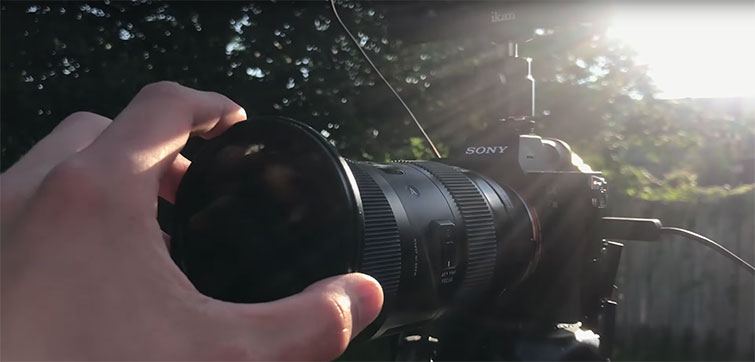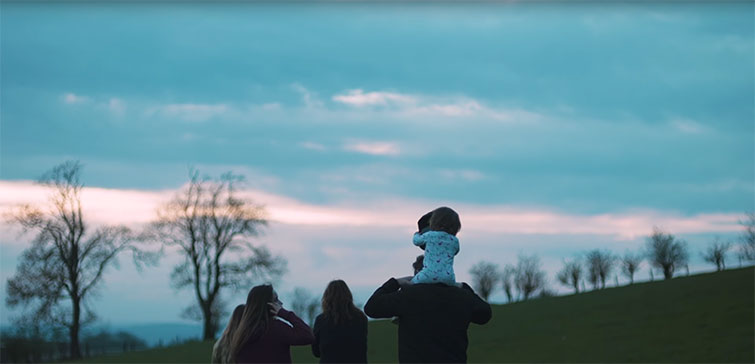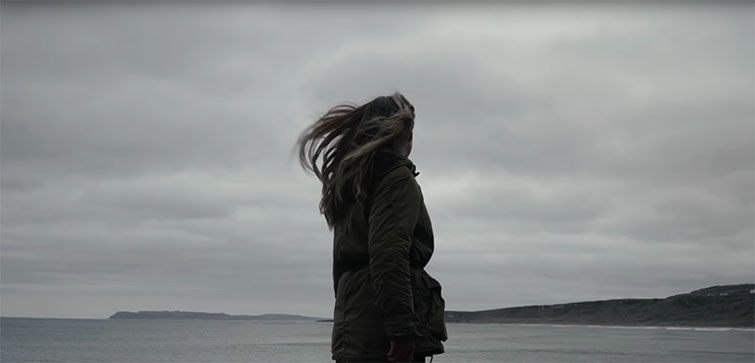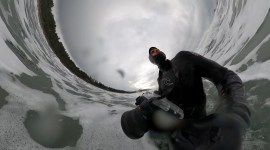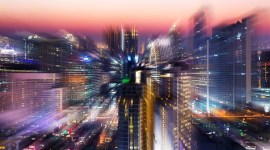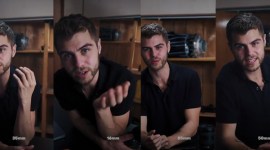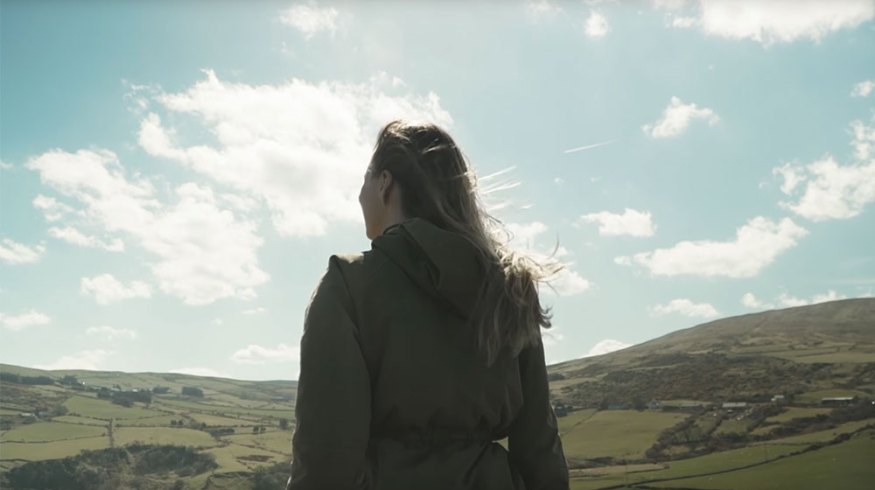
Production Tips for Shooting in Outdoor Lighting Conditions
The quality of the sunlight is an important part of any outdoor shoot. Here are a few rules of thumb to make sure you optimize your footage.
When it comes to filming in the great outdoors, weather and timing are crucial to capturing great footage. It’s key to remember that bad weather can sometimes yield great footage and great weather can sometimes equate to bad footage. Have you ever been filming something outside on a beautiful sunny day and wondered why it looked so bad?
Planning when and where to shoot outside is incredibly important when it comes to style, quality, and condition. Here are some valuable tips for capturing better coverage when it comes to filming out under the sun.
Take Cover
Filming under the direct sunlight can make your on-screen talent look a little uncomfortable. Their skin will appear oily, harsh shadows will cover their faces, and they will be constantly squinting. It’s not pleasant. It’s not flattering. Your best option is to find shade — be that under a tree or beside a building.
Use an ND Filter
If filming under the blazing sun is a must then invest in an ND filter. These will darken the image your camera captures so you don’t have to compensate with aperture and shutter speed for unpredictable brightness.
Sunset + Blue Hour
It’s a no-brainer that filming during sunset looks incredible — every teenager with a mobile phone and an instagram account can tell you that. But if you want to capture beauty, beyond sunsets and flares, there’s an incredible time of day just after the sun has fallen behind the horizon called “blue hour” (or “magic hour“). This occurs when the sun has either just set or is about to rise, and it can create a beautiful water color effect across the clouds.
Embrace the Gray
My favorite filming condition is when the sky is overcast. The texture of the clouds creates a massive soft box for the sun. This provides incredible detail in your coverage, and it diffuses the sunlight, so it’s not overpowering on-screen. Overcast days are great for pretty much every camera too. This is because they aren’t compensating for shutter speed, aperture, or even ISO to get an balanced image — the lighting is perfect!
Overall, each condition creates different circumstances — no one single one is better than the other. It’s important to understand the effects of filming exteriors and the vibes different kinds of weather lend to every shoot. Overcast mornings can feel dark and gloomy, while sun-blazing evenings can feel hot and sweaty. The key thing to remember is that light translates the environment not temperature. Just because It feels nice out doesn’t mean it will look nice on camera. My biggest piece of advice is to figure out the tone you want for your scene before looking out the window!
Looking for more video tutorials? Check these out.


